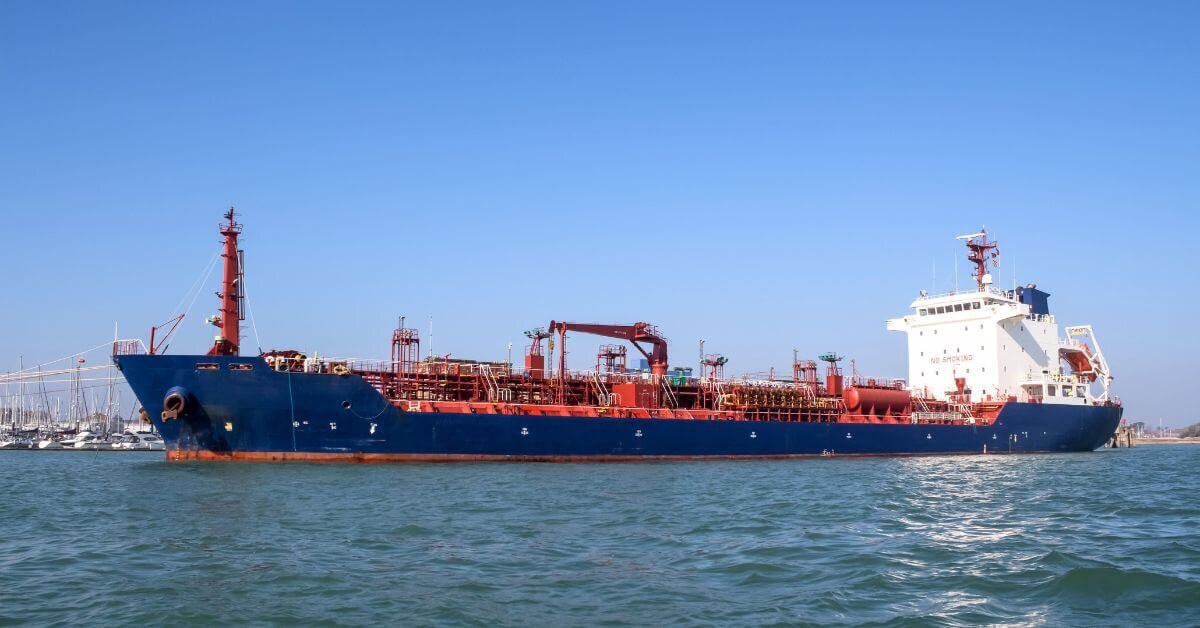The tremendous, record volume of container newbuildings due to enter the market in the coming years will require a huge swathe of the box fleet to be scrapped, something that is not happening at present.
Splash’s lead story yesterday carried data from Linerlytica suggesting the container orderbook had hit 10.4m teu, with the orderbook ratio rising to 31.7% of the fleet – its highest levels since 2010.
“The last time the orderbook ratio exceeded this level in 2004-2009, it ended in a decade-long supply overhang that took 10 years to clear,” Linerlytica warned in a new report, adding that there is still over 1m teu of pending ship orders that are due to be added before the end of this year.
The 10.4m teu figure is higher than other orderbook totals carried by rival data providers. Clarksons Research has a figure of 9.87m teu, while Alphaliner’s database shows a backlog of 9.95m teu.
“You need to demolish all ships built in 2009 and before to neutralise the current orderbook, which is unlikely to happen,” Peter Sand, chief analyst at Xeneta, a freight rate platform told Splash. Demolition of all containerships built in 2005 and before only amounts to 4.3m teu, according to Xeneta data.
Containership demolitions are at multi-decade lows in 2025. As of mid-year, just seven containerships, averaging around 500 teu each, had been scrapped—totalling under 4,000 teu. If this pace continues, 2025 will likely register the lowest annual scrapping volumes in over 20 years.
Jan Tiedemann, a senior analyst at Alphaliner, told Splash that the drivers for the ongoing ordering binge witnessed in the container sector include ageing fleets in some size classes, a need to increase the number of green ships, and the carriers’ once-in-a-lifetime cash-rich positions recorded in the 2020s. Just how much is replacement tonnage is hard to assess, Tiedemann said.
“Carriers learned that it is okay for a ship to just break even for 10 years, then earn its lifetime money in two or three years,” Tiedemann commented.
“This intensive fleet renewal programme, combined with tepid trade growth expectations, will widen the supply and demand curve,” warned Jonathan Roach, container market analyst at Braemar, in a recent report.
Roach estimated that container fleet overcapacity will average 27% annually in the four years to 2028, while this year, overcapacity is projected to be 18%, and 19% in 2026.
“Containership fleet growth will continue to outpace demand growth, with excess supply projected to persist through 2029,” Linerlytica argued in a recent report.





